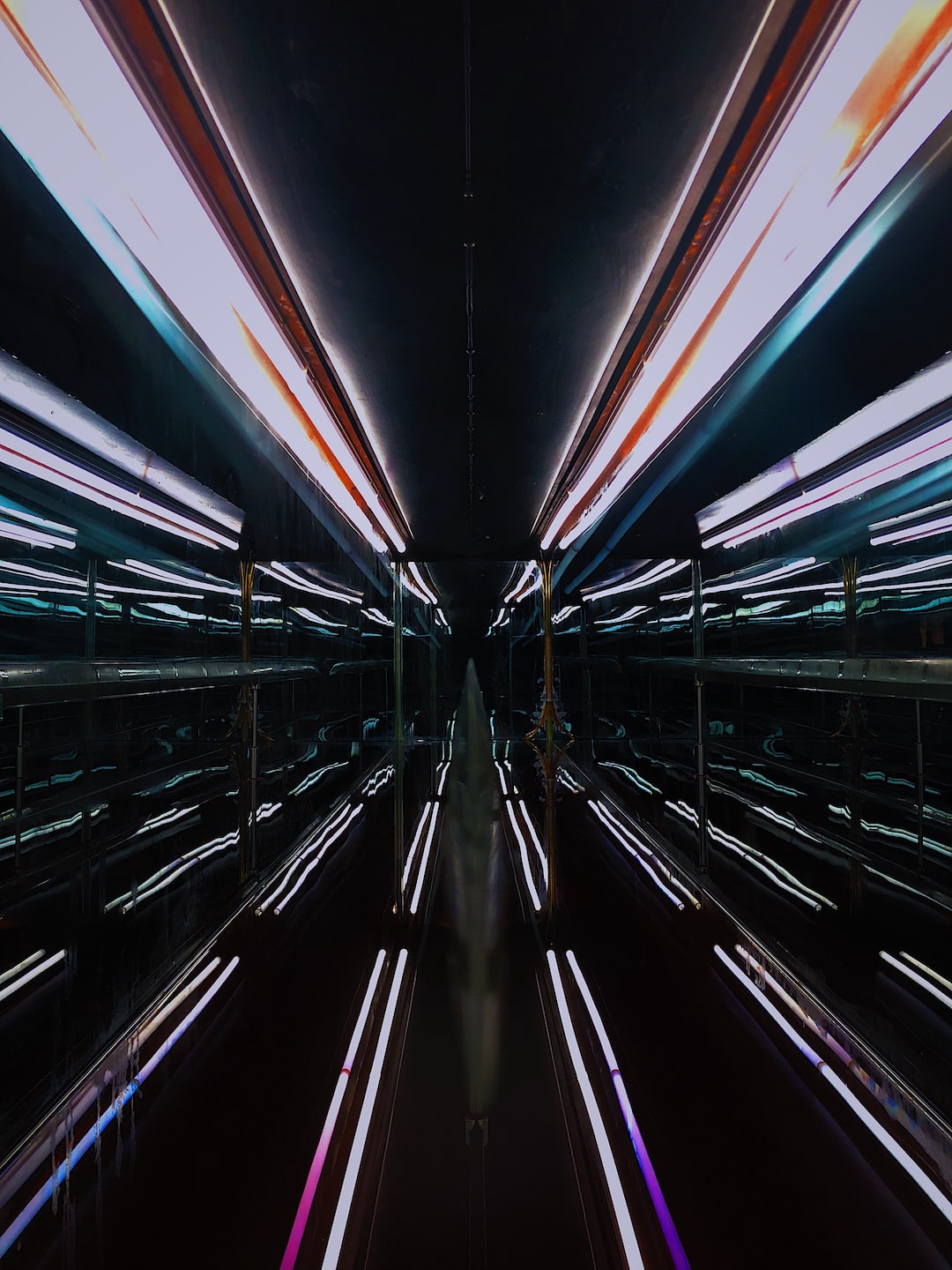Dance, as a form of expression and art, has been a part of human culture for centuries. The role of dance in performance art has been significant, creating a unique blend of movement, music, and narrative. Dance has the ability to communicate emotions, cultural traditions, and personal experiences, which makes it a powerful medium for performance art.
Performance art is a multi-disciplinary art form that encompasses a range of practices, including dance, theater, music, and visual arts. It is characterized by its experimental nature, where artists often challenge the traditional form of art and explore new ways of expression. The role of dance in performance art is to enhance the creative concepts in the performance. In dance, the body becomes a tool for artistic expression, and this is essential in performance art where visual communication is crucial.
In performance art, dance functions as a language that communicates the concept of the performance to the audience. Dance movements can become a metaphor for the performer’s ideas, emotions, and personal experiences. Through the dancer’s movements, the audience can experience the emotions, mood, and atmosphere created by the dance. In this way, dance can elevate the performance from a mere display of talent to an experience that touches the audience’s hearts and minds.
Dance in performance art has no boundaries as it can blend with other art forms. It can be integrated with music, theater, and visual arts, creating a seamless experience for the audience. The integration of dance with other art forms creates a harmonious balance, where each form complements the other. This integration results in a more immersive experience for the audience, which enhances the performance’s impact.
Dance also plays a significant role in performance art by providing a visual narrative. Dance movements can create a story, and the dancer can use the body language to convey it. The story may be based on personal experiences, historical events, or cultural traditions. By using dance, the performer can create a narrative that can connect with the audience on a deeper, more emotional level.
In conclusion, the role of dance in performance art is manifold. It provides a language for expressing emotions and experiences, creates a visual narrative, and enhances the creative concepts of the performance. Dance is an essential tool for artists in performance art, and it offers an immersive and enriching experience for the audience. The integration of dance with other art forms also enhances the performance’s impact, resulting in a more holistic art form and an unforgettable experience for the audience.
